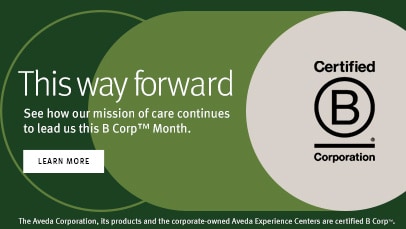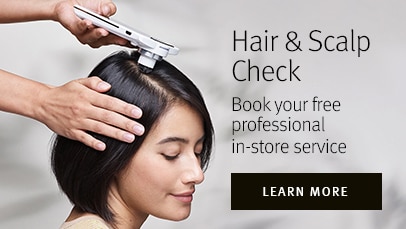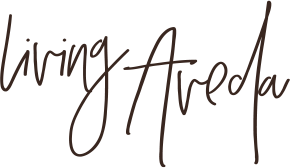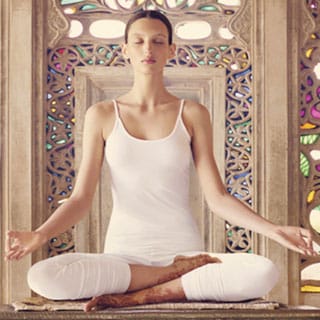Whether you want to achieve perfect balance, strengthen and develop long lean muscles or discover a low-impact movement discipline you can commit to for life, the solution is Pilates. Many people rave about Pilates as the ultimate “core workout” but this term is vague and doesn’t do justice to the purpose and benefits of a Pilates practice.
It was Joseph Pilates’ belief that by developing strength in the deepest core muscles, those responsible for stabilising the spine, hips, pelvis and shoulders, we could then move the limbs with greater strength, control and precision while not compromising alignment of the joints or most importantly, the spine.
Much like an onion has layers, so does the core. There are layers of abdominal muscles within the core, with the “six pack” being the most superficial layer. Pilates is most concerned with the “Transverse Abdominus” (TA) which wraps like a belt around the middle of the body. Through mindful breathing, engagement of the pelvic floor and focus on alignment of the spine and pelvis, we can learn to strengthen and use the TA as the powerhouse behind all movement.
When it comes to movement in Pilates, many teachers will talk about “efficient, flowing, rhythmic movement”. This movement requires focus, precision in controlling which muscles we use to carry out the movement, and attention to maintaining contraction through the deep abdominal muscles.
Pilates used the Reformer machine to enhance the challenge of his system of movement, but Pilates is also taught using purely body weight as resistance and most commonly, it is Mat Pilates that is taught in gyms. Whether taught on the mat or the reformer, there are some key factors to keep in mind as a beginner:
• Start with the basics. Accept that even the smallest movements, coordinated with breathing, set the foundation for the most difficult and advanced Pilates moves in future
• Find an instructor who you trust and enjoy working with. In circumstances where you are overcoming serious injury, post-surgery, pre- or post-natal, it may be more beneficial to organise small group, clinical or 1:1 sessions rather than a typical gym class
• Don’t go to class on a full stomach. This sounds obvious, but many of us have been guilty of trying to fit in work, meal and fitness in without the ideal space between eating and training.
In Pilates, particularly, the focus on deep abdominal engagement is impeded by a full stomach (not to mention that it will feel uncomfortable)
There is no superior or lesser Pilates – whether you choose to do a mat, reformer or small group class, the guiding principal should be: does it meet your health and fitness goals and do you enjoy it?
For beginners, a Pilates Mat class in the gym is an excellent way to become familiar with the Pilates approach to full body training. With an understanding of how to use the breath and engage the core muscles for greater strength and balance, it is then up to you if you wish to explore Reformer, or even Megaformer, classes using the pulleys, levers and also tools such as the Magic Ring and weighted dumbbells and balls. Regardless of the type of Pilates though, the best thing you can do is get started with any type. It’s always a good day to begin your Pilates practice for life.
Photographer: Steve Duff
















